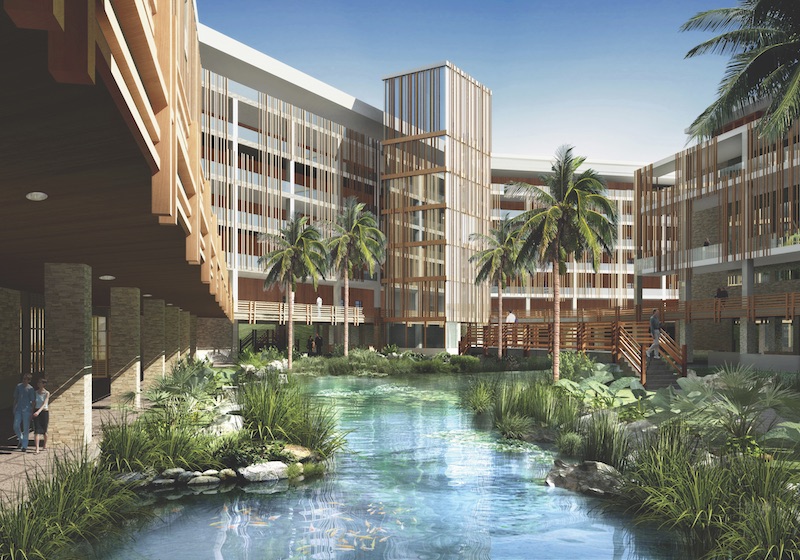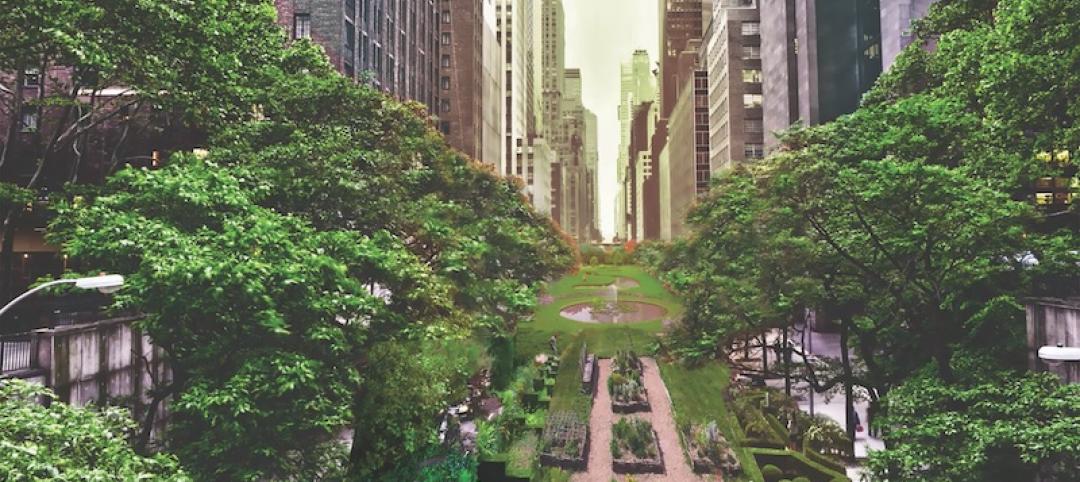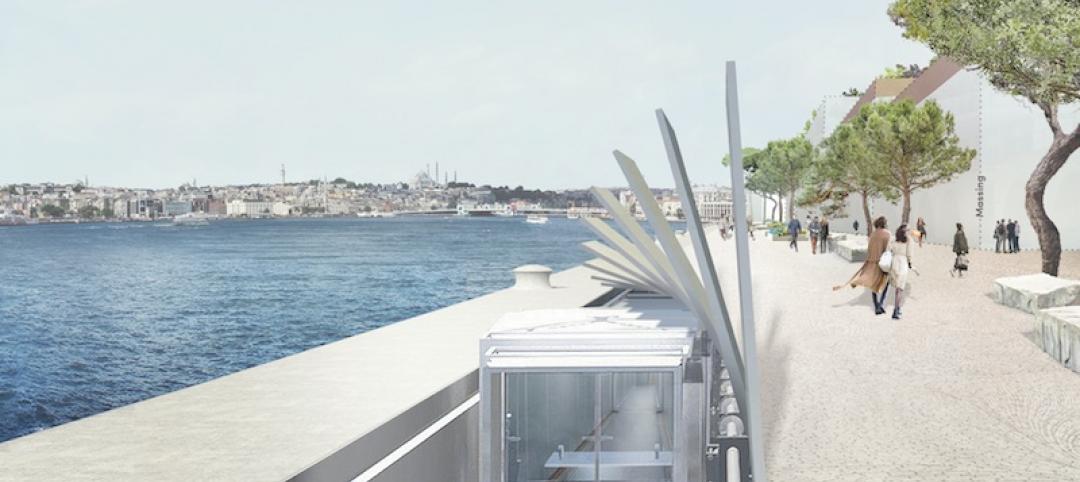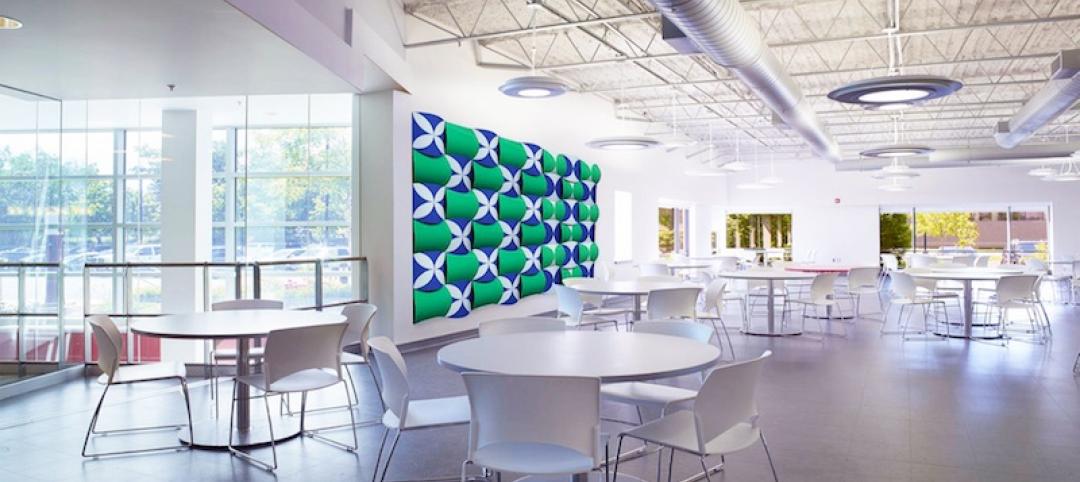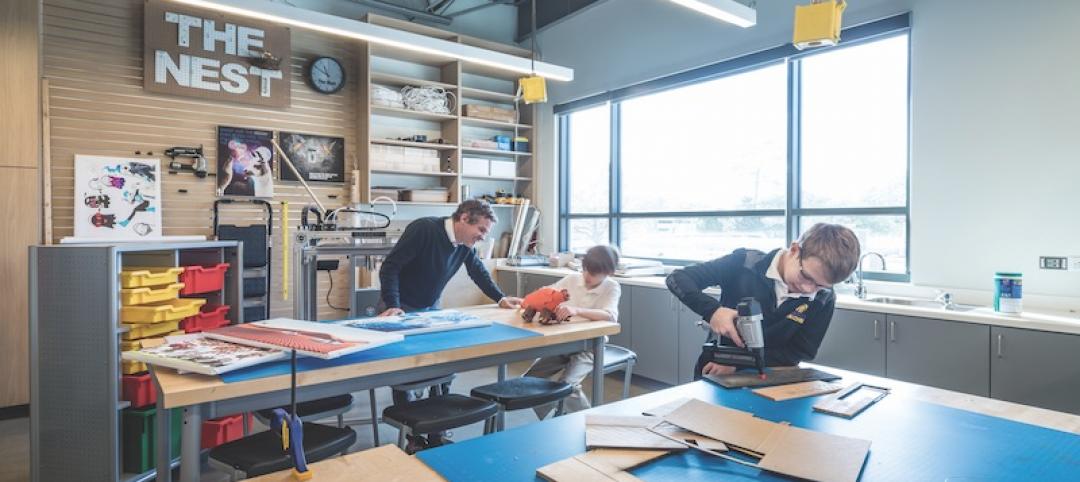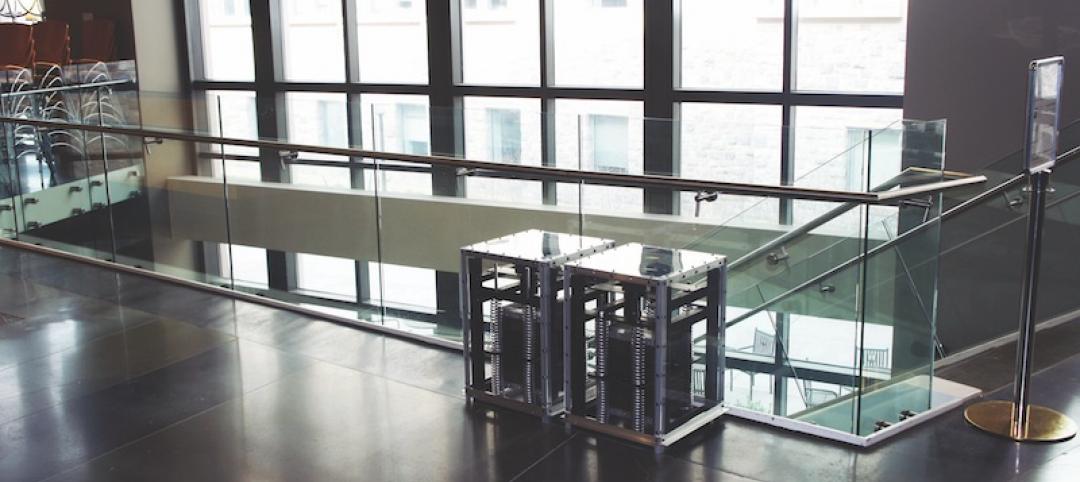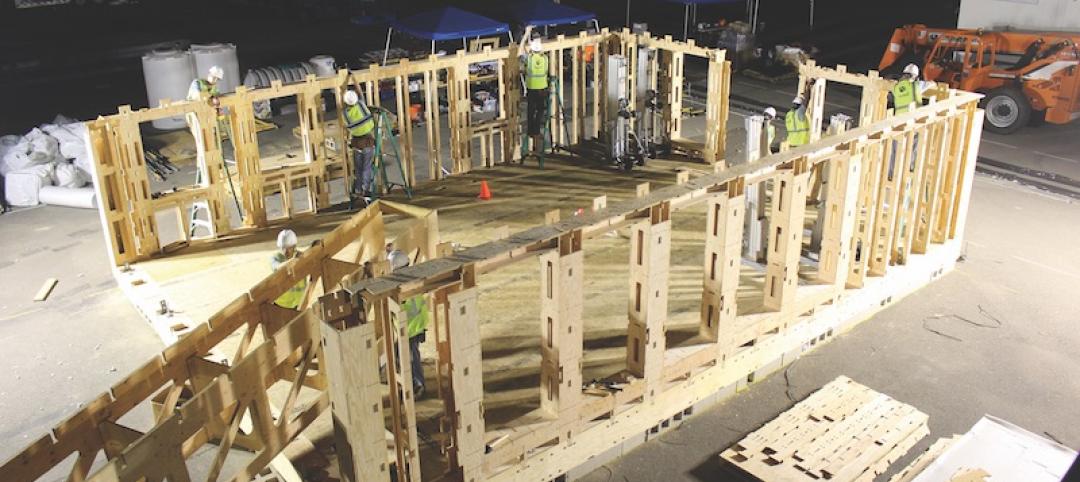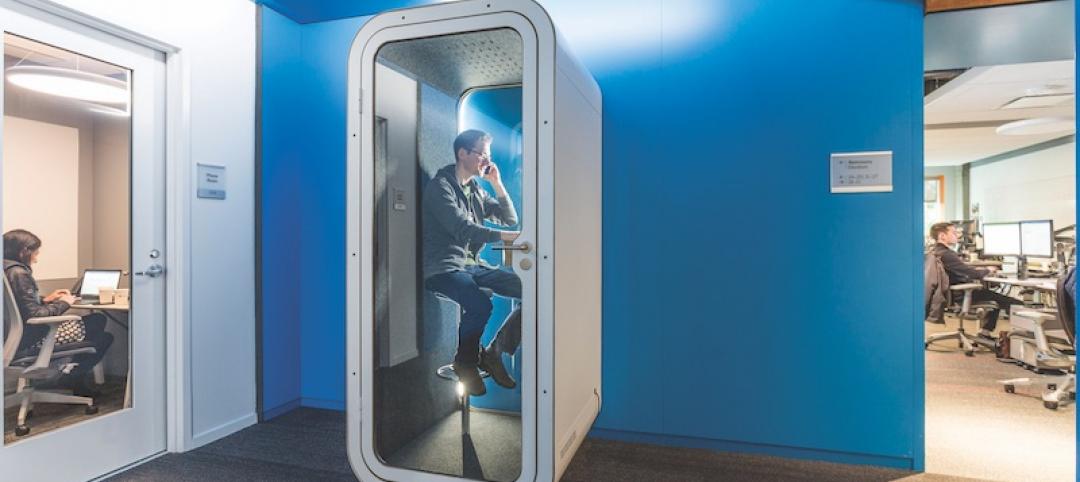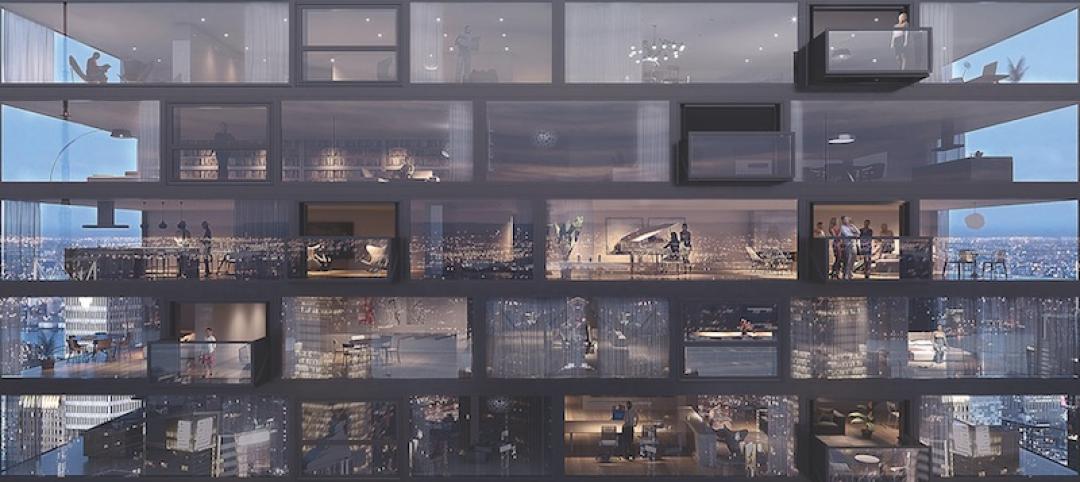The term wellness has been kicked around a lot in healthcare design circles lately. But what precisely do we mean by wellness? And, assuming wellness is a good thing, how can designers create healthcare facilities that enhance wellness?
Responses to those questions are embedded in a rigorous case study on “salutogenesis”—“the origin of health,” a term developed by Israeli American medical sociologist Aaron Antonovsky in his 1979 book, Health, Stress and Coping.
Three healthcare designers at GBBN Architects, Cincinnati—Angela Mazzi, AIA, ACHA, EDAC; Marcene Kinney, AIA, LEED AP; and Jon Hofmann, AIA, LEED AP—wondered why healthcare environments are seen as places where the experience of treatment is worse than the disease. Instead of being a place of dread, they wanted to know: Could a hospital provide a therapeutic environment that is “truly immersive, encouraging a patient to feel at ease and be engaged?” If so, would that promote wellness?
To test this hypothesis, the team studied one of GBBN’s own projects, The Sanya Fuwai Center. Situated on 15 acres in the mountains of the tropical island of Hainan, in China, it is more like a resort than a hospital. It provides complete inpatient and outpatient care, along with complementary therapies in a spa and hotel to allow for “relaxing, resetting, and recharging.”
Their report, “A Healthy State of Mind: Psychosocial Triggers to Wellness,” explores “psychosocial behavior cues” that provide an antidote to the anxiety and isolation that patients experience in most healthcare settings. They discuss four “salutogenic design drivers”—prospect and refuge, sense of coherence, relaxation response, and the science of happiness (who knew?)—and discuss their impact on five types of spaces: quiet, communal, casual, interactive, and season.
The GBBN researchers found several factors contribute to a psychological state that is receptive to healing:
• Incorporating elements that visually reference familiar positive environments, such as retail, residential, and recreational spaces. Provision should be made for walking paths, work areas, areas of contemplation, and destination points.
• Allowing choice and control in how the environment can be used and manipulated, through the provision of movable furniture, “personalization areas,” and variety in the types of spaces.
• Reinforcing the level of socialization appropriate to the activity within the environment through the use of proxemics—how much space people feel it necessary to set between themselves and others.
• Connection to nature for wayfinding and as a focal point within a space. Access to natural light is another key dimension of nature.
Download the 28-page paper at http://bit.ly/29SNsqA.

Read about more innovations from BD+C's 2016 Great Solutions Report
Related Stories
Great Solutions | Oct 17, 2017
Loop NYC would reclaim 24 miles of park space from Manhattan’s street grid
A new proposal leverages driverless cars to free up almost all of Manhattan’s Park Avenue and Broadway for pedestrian paths.
Great Solutions | Sep 14, 2017
Hydraulic underground boardwalk and gangway system reunites the public with the coastline in Istanbul
The bespoke system is part of a master plan by Dror and Gensler that creates the world’s first underground cruise operation.
Great Solutions | Aug 14, 2017
Transmogrifying ‘E ink,’ energy-harvesting paint remove the ‘fiction’ from ‘science fiction’
These materials can turn an ordinary wall into dynamic real estate.
Great Solutions | Jul 12, 2017
The writing on the wall: Maker spaces encourage students to take an active role
Maker spaces, dry-erase walls, and flexible furniture highlight Kinkaid’s new Learning Center.
Great Solutions | Jun 6, 2017
Good vibrations: Portable tuned mass damper provides lightweight, cost-effective way to reduce structural vibrations
Developed by a team at Virginia Tech, the PTMD has been shown to reduce vibrations by as much as 75%.
Great Solutions | May 5, 2017
No nails necessary: Framing system comes together with steel zip ties and screws
Clemson University’s School of Architecture develops a patent-pending construction method that is gaining attention for its potential use in rapid, low-tech sustainable housing.
Great Solutions | Apr 6, 2017
Phone booths for the 21st century
Spotting a phone booth on a public street may not become any less rare, but they may soon become fixtures in the modern office.
Great Solutions | Mar 8, 2017
Pop-out balcony is a breath of fresh air for stuffy hotel rooms and apartments
In less than one minute, Bloomframe transforms from an insulated picture window to an open balcony.
Great Solutions | Feb 3, 2017
Drone-based hospitality concept looks to make nomads of us all
Driftscape could take the resort industry to places no hotel has ventured before.
AEC Tech | Sep 6, 2016
Innovation intervention: How AEC firms are driving growth through R&D programs
AEC firms are taking a page from the tech industry, by infusing a deep commitment to innovation and disruption into their cultural DNA.


